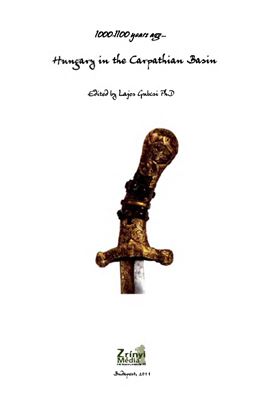Debrecen: Alfoldi Printing Company, 2011. — 96 p.
Прекрасно иллюстрированный очерк ранней истории Венгрии от Арпада
до св. Иштвана, охватывающий период завоевания Паннонии,
становления и христианизации Венгерского королевства
There are few European states which have been in existence and
constantly maintained their statehood for 1100 years. Arriving in
the lands around the Tisza and the Danube in 895-896, the Magyars
occupied the whole of the Carpathian Basin within a few years and
unified the smaller peoples who lived there. In 907, at the Battle
of Pressburg, they demonstrated to the whole of Europe their
determination and ability to defend their new homeland. After
nearly a century of military expeditions across Europe, the new
country finalised its borders and established its authority. Its
rulers, and particularly the first king, St Stephen, made Hungary
into a respected force in Europe, the continent for which it was to
serve as a defensive shield over the next thousand years. The House
of Arpad, named after the prince who led the Hungarian Conquest,
became Europe’s greatest dynasty, with no less than five saints of
royal blood: Stephen, Emeric, Ladislas, Elizabeth and Margaret.
Arpad, Father of all the Hungarians. The Hungarian Conquest
in 896
The conquest in 895-896 The Battle at Pressburg in 907
The Military and Political Background to the Battle.
The Battle of Pressburg and the Hungarian military.
The war of 907: a textbook example of early Hungarian warfare.
The outcome on the Hungarian side. European Expeditions of Hungarian Army in Tenth Century St. Stephen
Wars of consolidation.
German-Hungarian war.
The conquest in 895-896 The Battle at Pressburg in 907
The Military and Political Background to the Battle.
The Battle of Pressburg and the Hungarian military.
The war of 907: a textbook example of early Hungarian warfare.
The outcome on the Hungarian side. European Expeditions of Hungarian Army in Tenth Century St. Stephen
Wars of consolidation.
German-Hungarian war.

